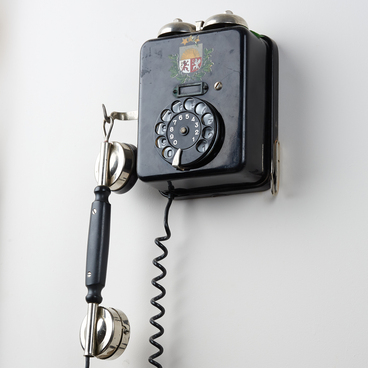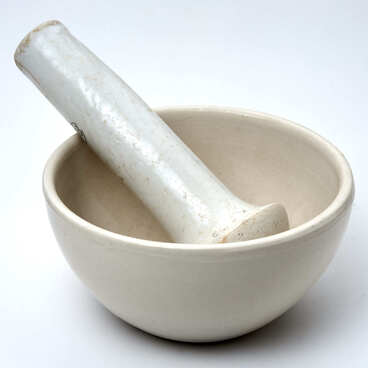At the end of the 19th century, it was possible to order glasses in a pharmacy. The pharmacy employer used a special ophthalmic kit with glasses of different optical power — dioptres — to determine visual acuity.
Dioptric numbering of lenses was introduced in 1873. Visually impaired people wore glasses, pince-nez, monocles and lorgnettes. Pince-nez are glasses without earpieces, clipped to the nose by a spring. The lorgnette were spectacles similar to pince-nez, not attached to the nose, but with a handle. The monocle was a single lens in a frame on a chain, which was attached to clothing.
Ophthalmology — the science of the organ of vision and its diseases — originated in ancient times. Already in ancient Egypt, doctors removed cataracts surgically. Then the operation of eye-lens reclination was used: the supporting ligaments were destroyed, the cloudy lens was pushed down, the access of light into the eye was restored, and the patient began to see. But only half of such operations ended successfully, in other cases, due to inflammation and other complications, the eye was blind.
The first scientist from Europe who began to study optics was Roger Bacon. In 1267, he published the treatise Opus Majus (‘Great Essay’), where he described the eye anatomy and expressed the idea that vision could be corrected with lenses. Then this theory turned out to be revolutionary. Bacon also advised the elderly to read with a magnifying glass.
It is believed that the monk Alexander de Spina, who lived in the 14th century, was the first to create glasses. His invention was a huge step for ophthalmology. For the first time in history, people could effectively correct their eyesight, and not resort to questionable potions and mutilating surgeries. Not only did Alexander de Spina make glasses himself, but he also taught this art — usually not doctors, but glass craftsmen. In those days, barbers not only cut the hair, but also treated the eyes, pulled out teeth, and even performed surgical operations. In the 16th century, the barber Georg Bartisch wrote a treatise on ophthalmology.
By the 18th century, there was more information about the structure of the eye and many devices that helped to measure visual acuity. English optician George Escu made the first set of lenses for the selection of glasses in 1750. It allowed to identify problems with the eyes and choose the right lenses.



